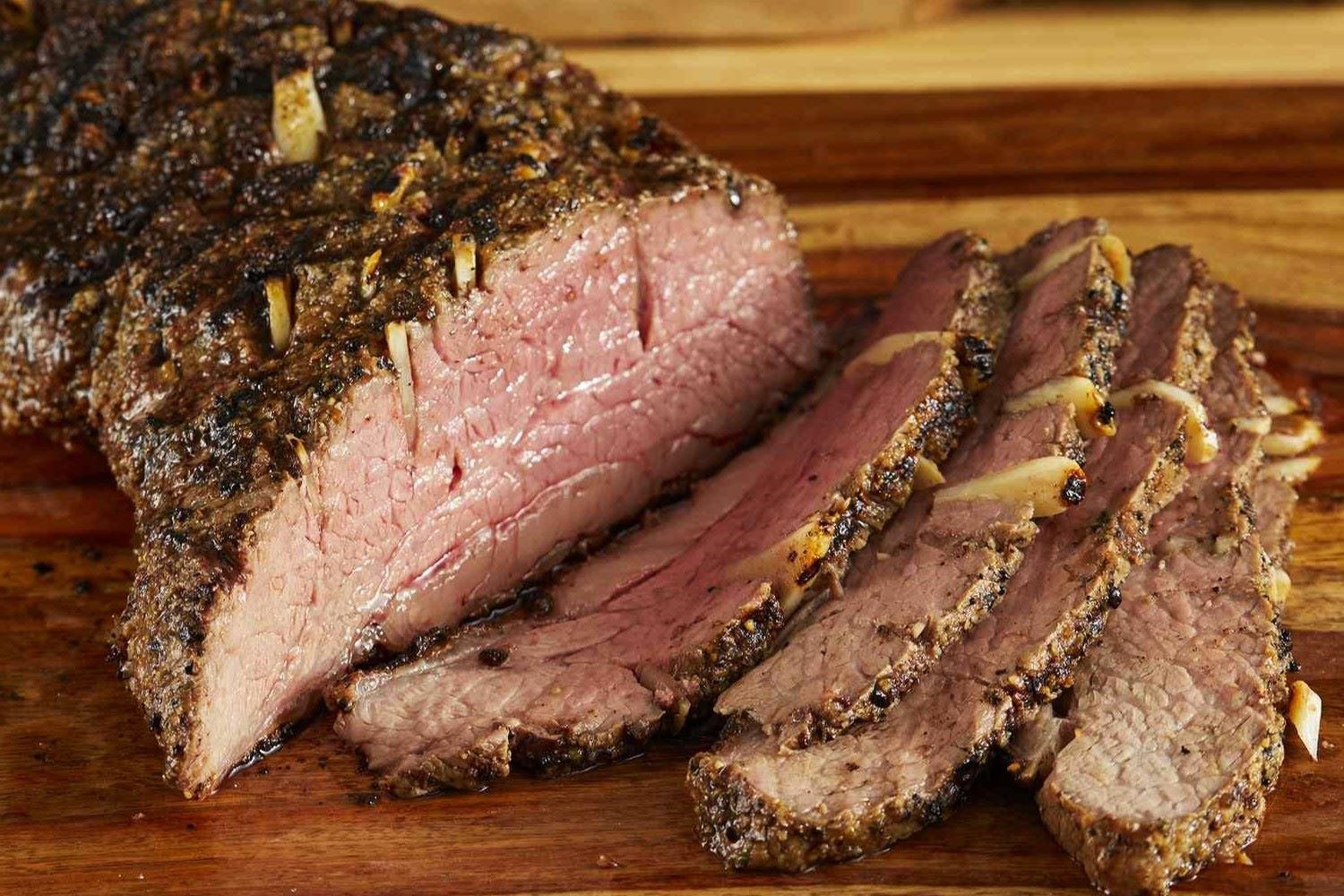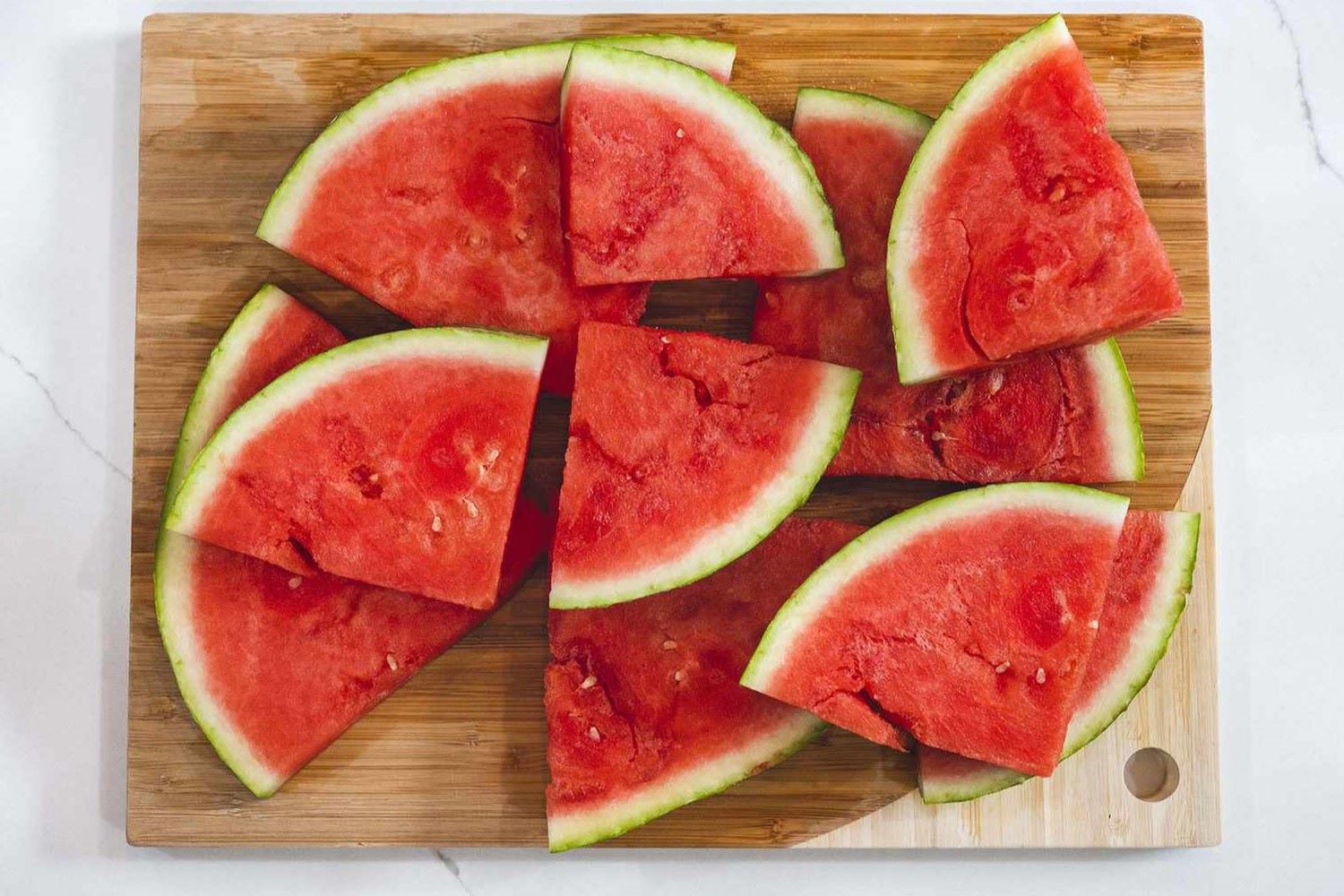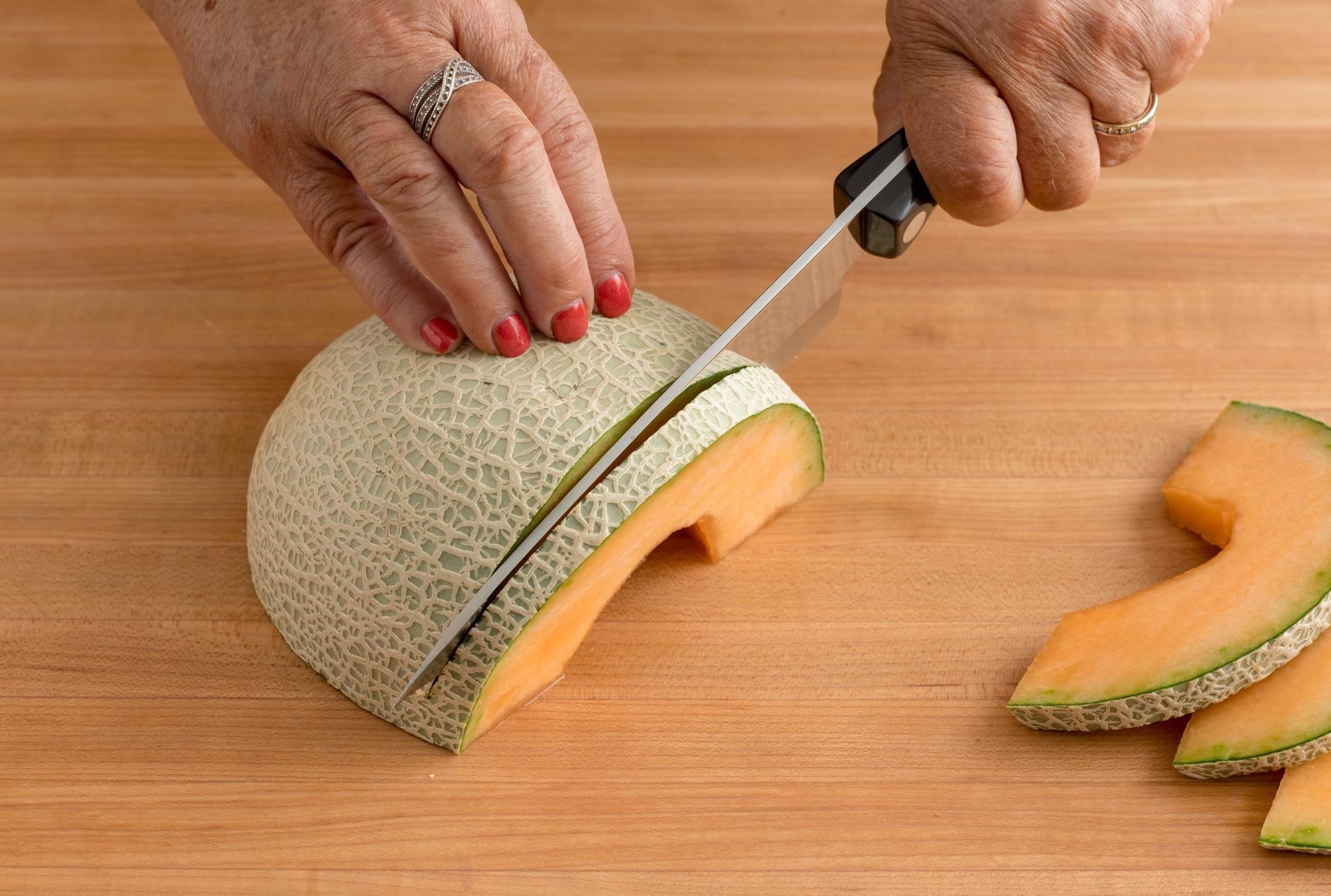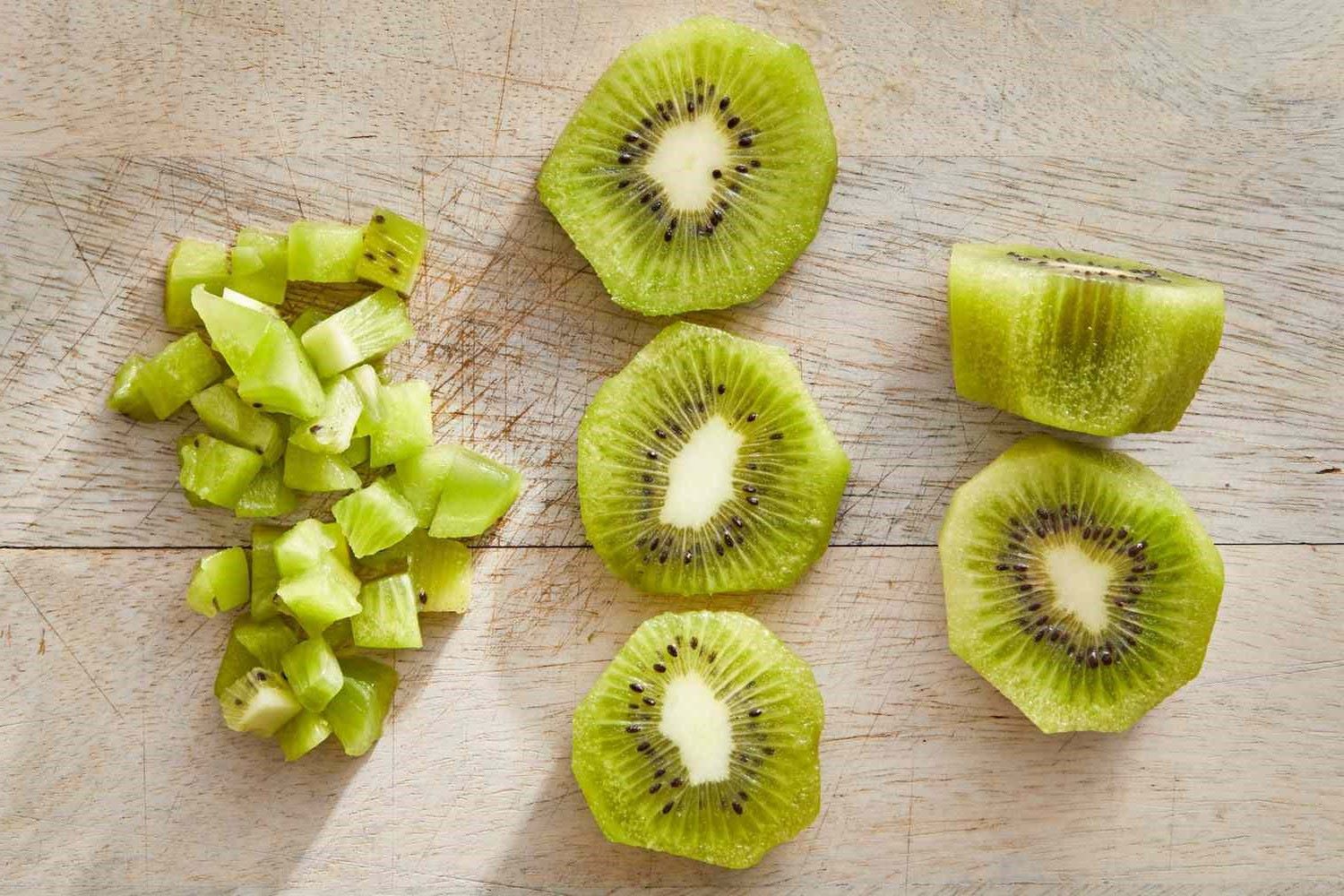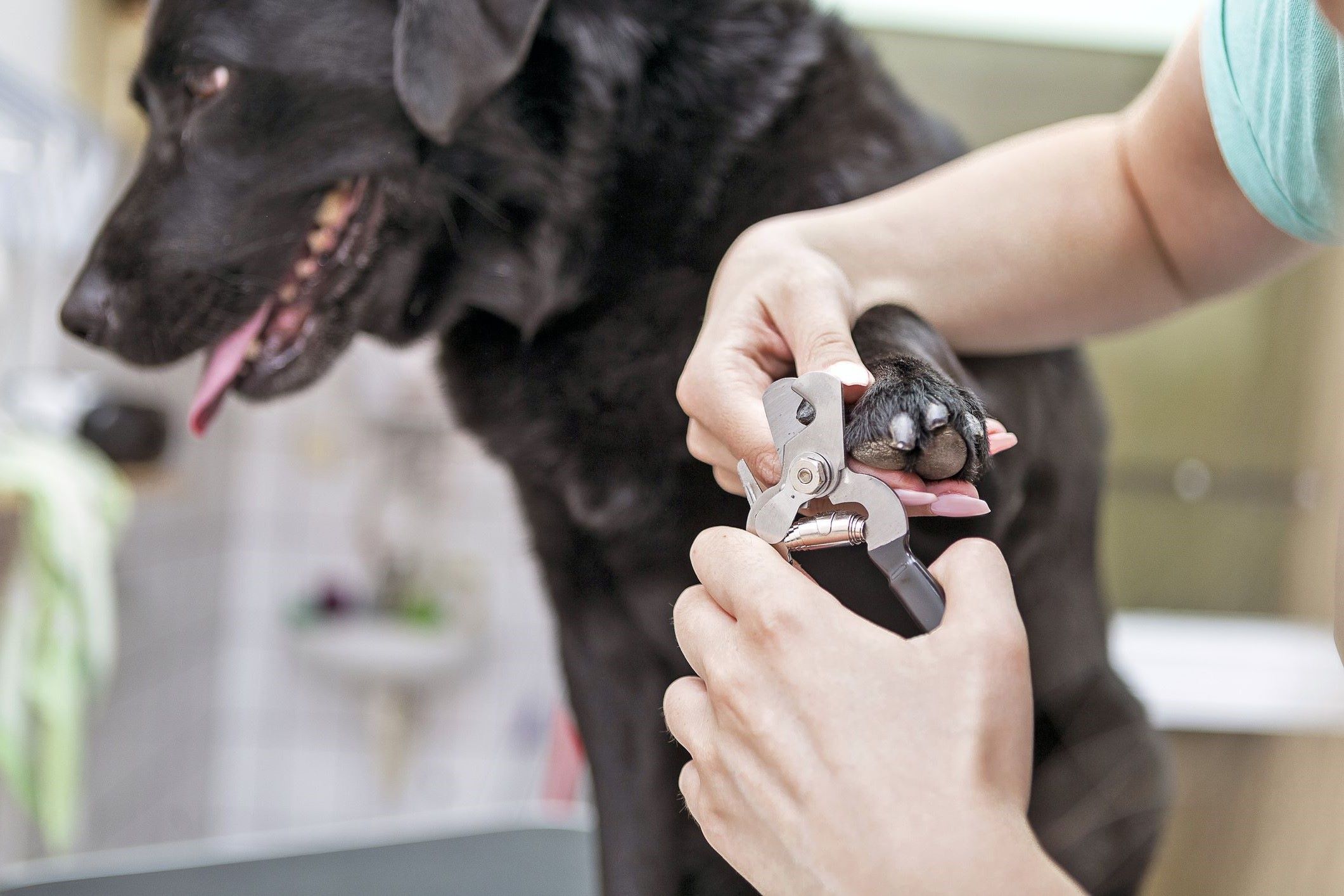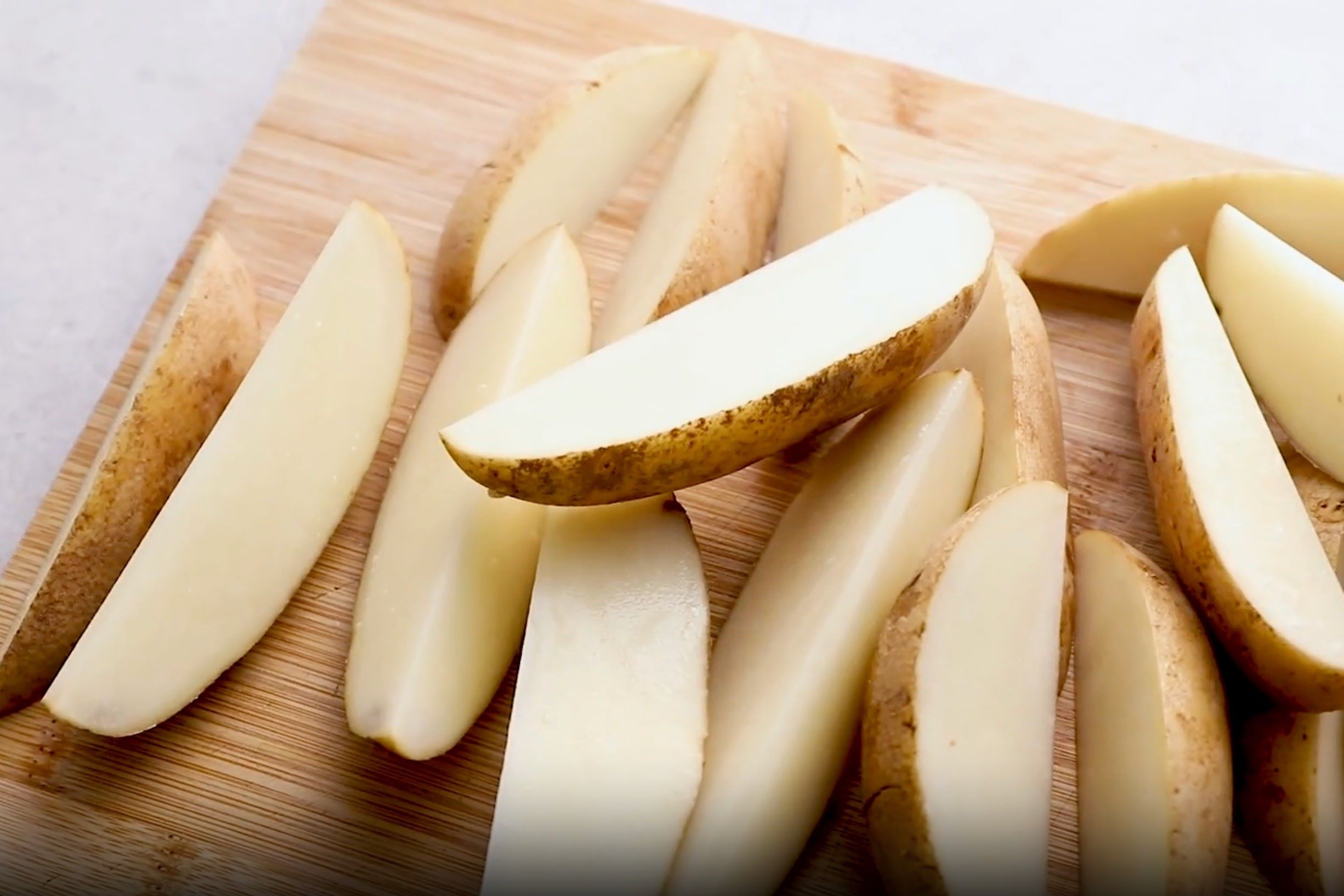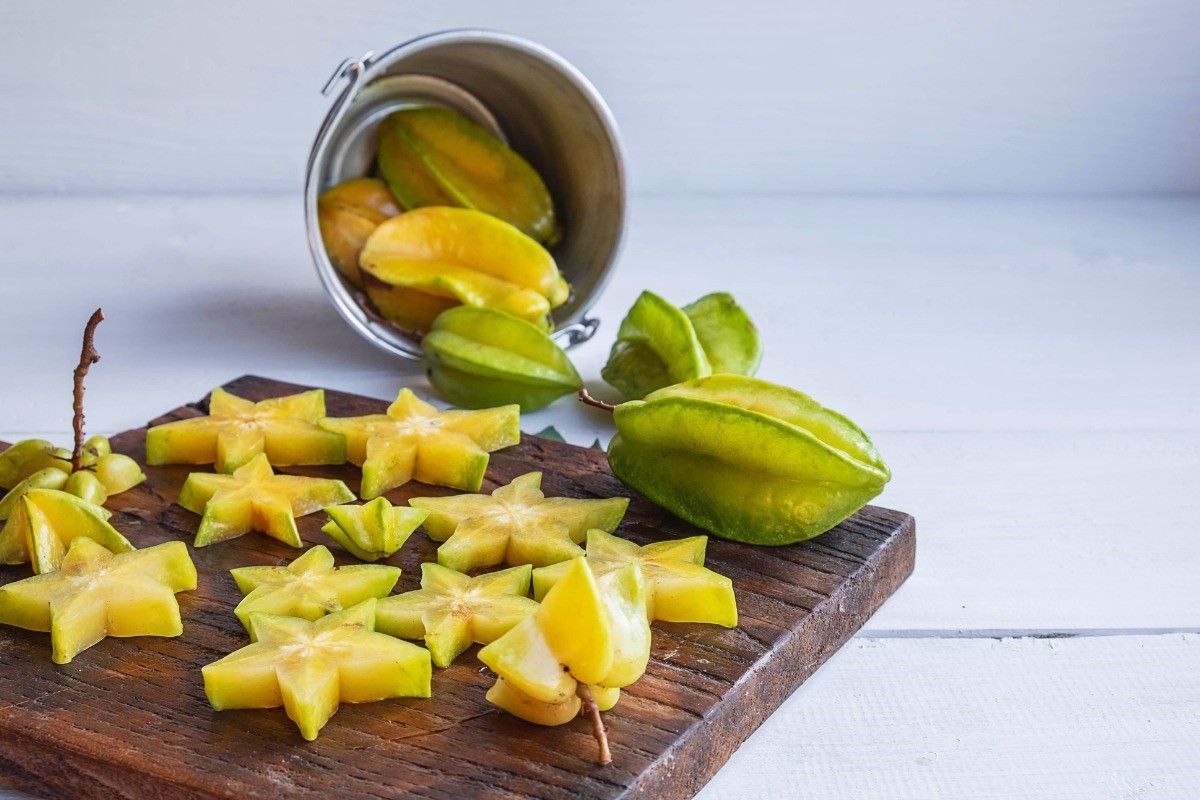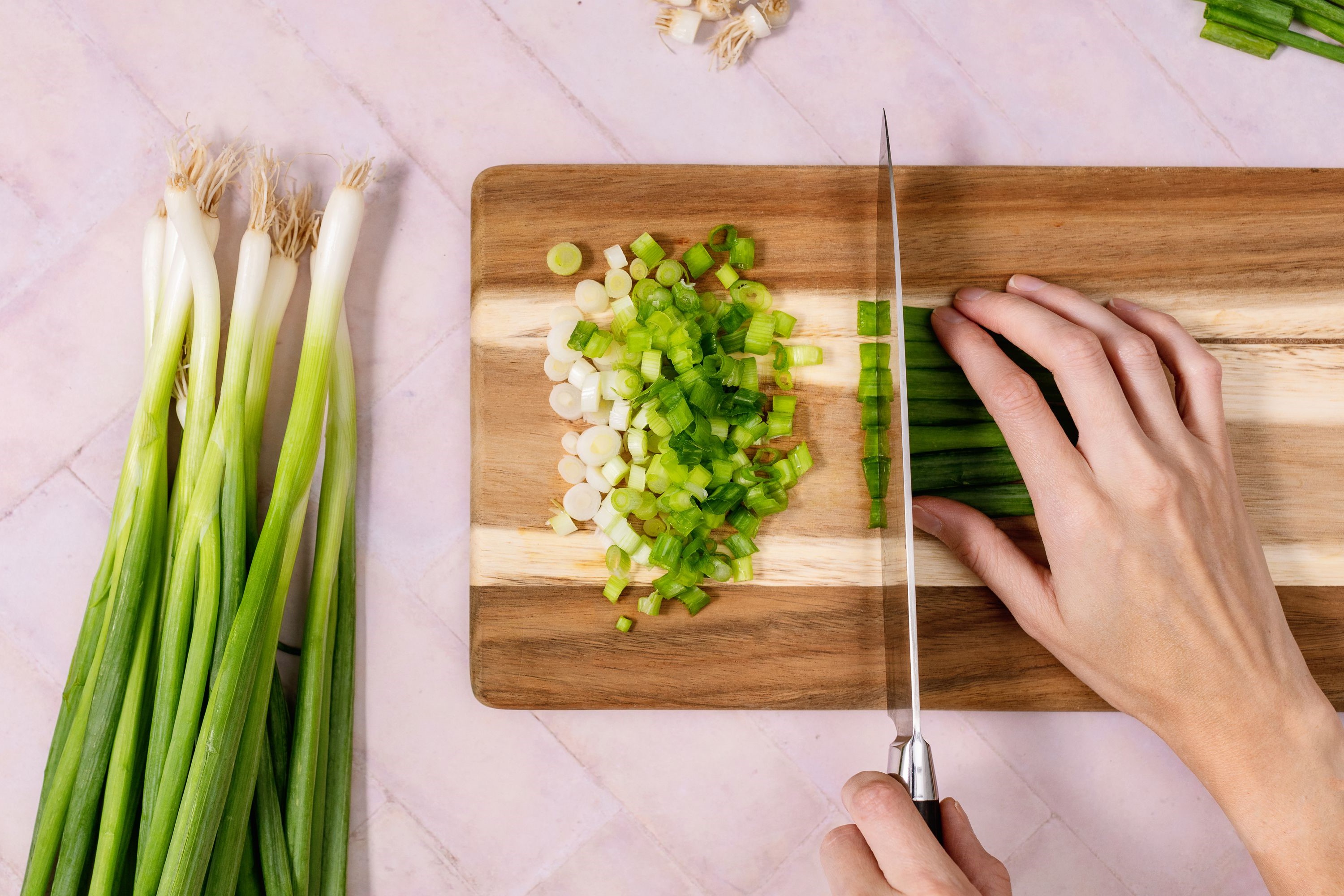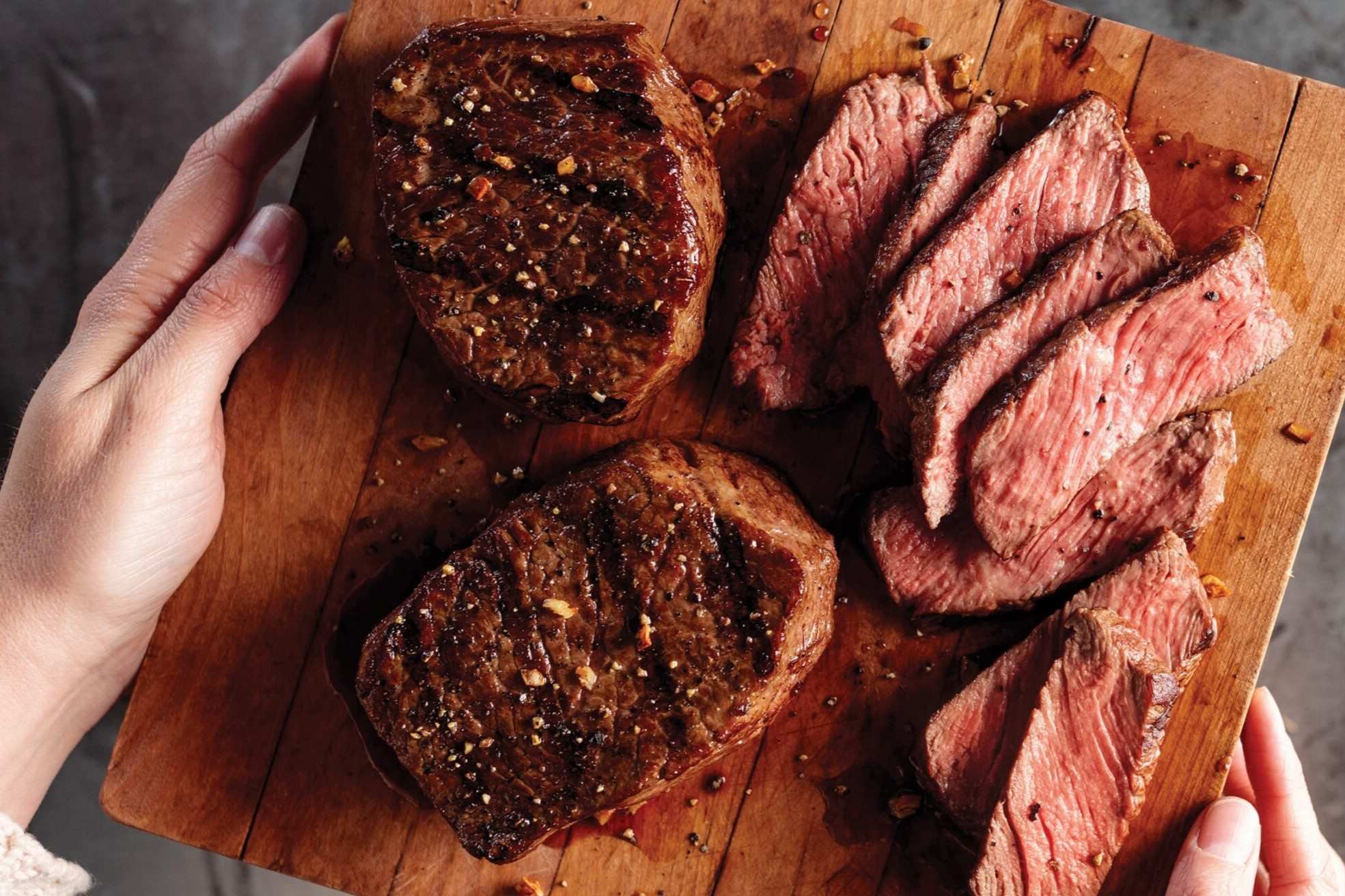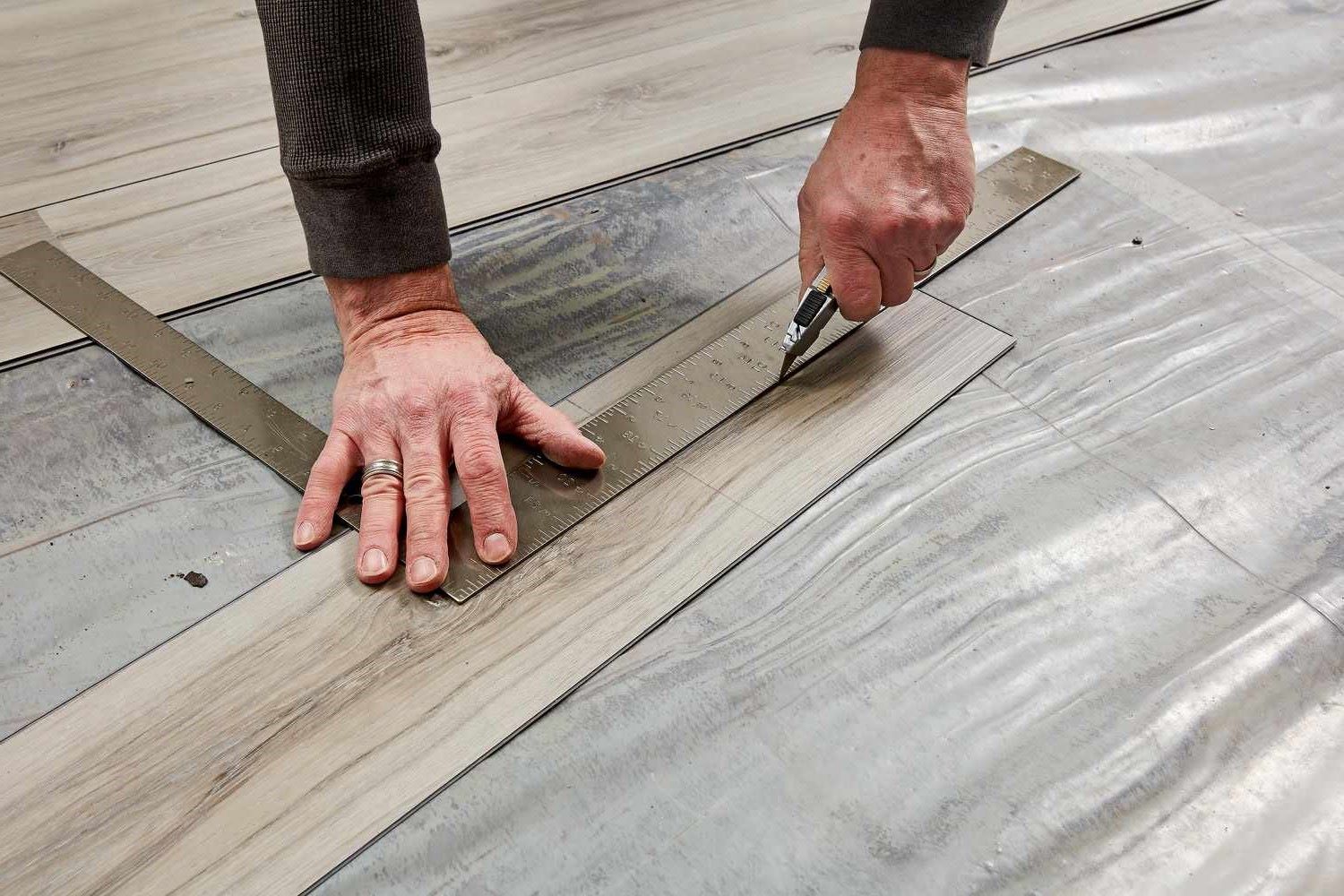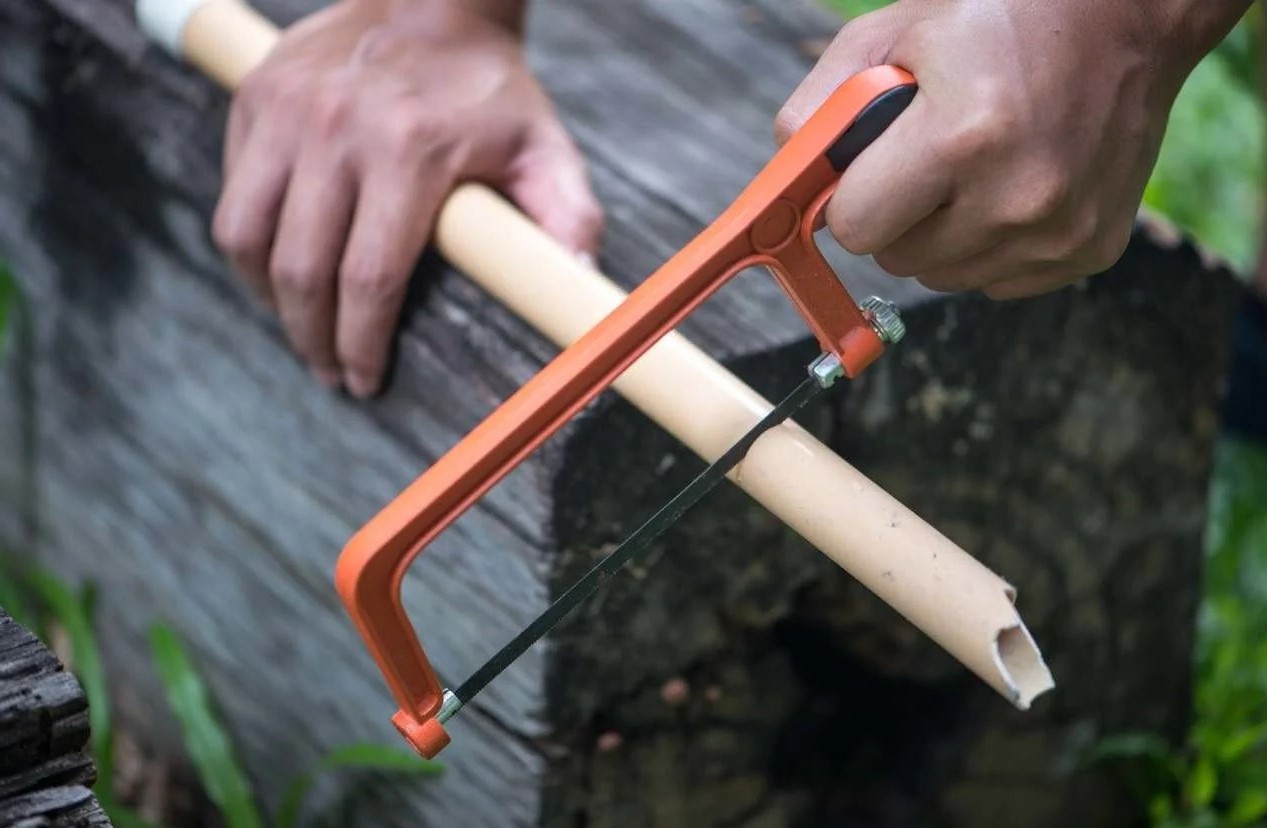Home>Food and Cooking>How To Cut Leeks
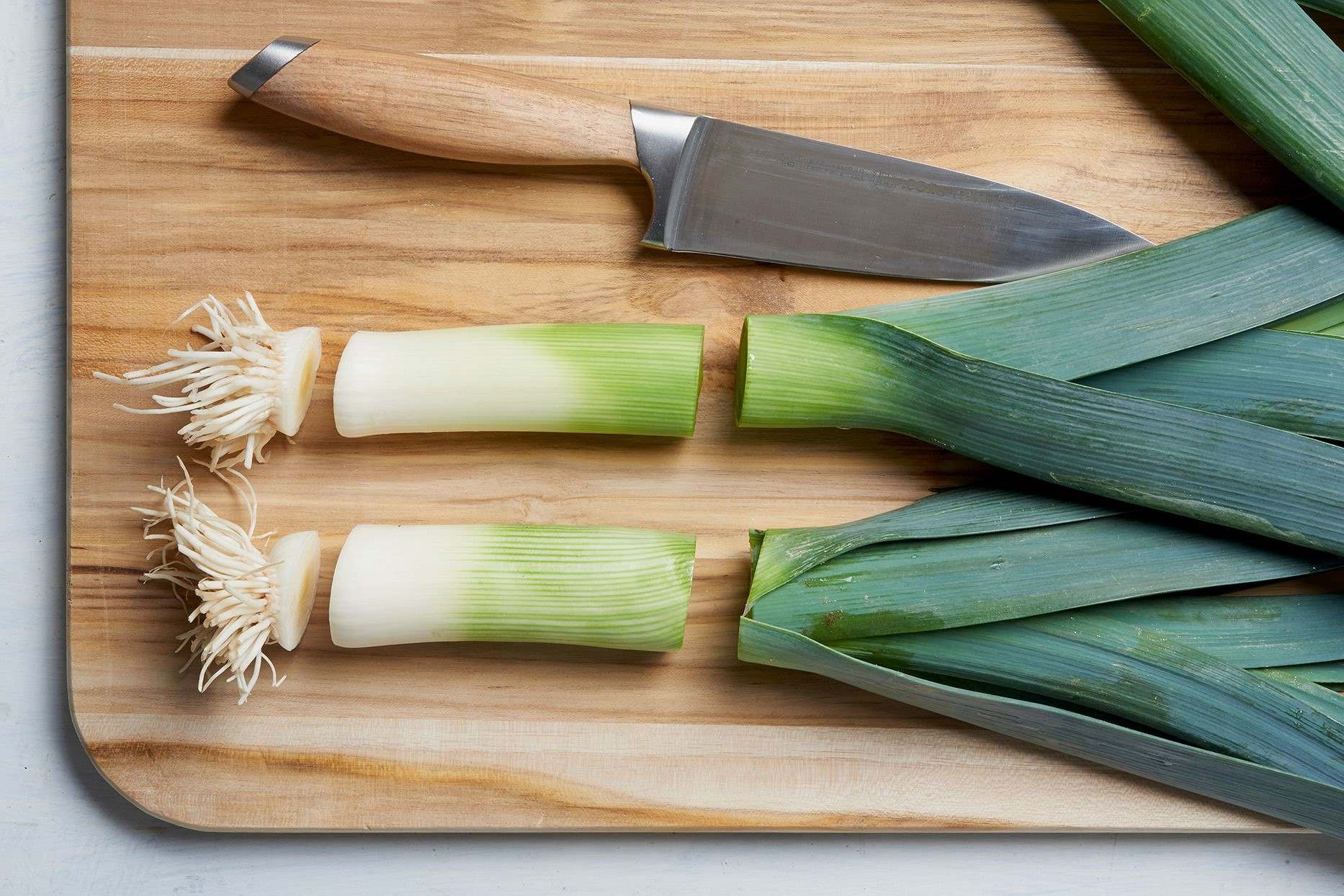

Food and Cooking
How To Cut Leeks
Published: February 28, 2024
Learn the best techniques for cutting leeks with our step-by-step guide. Discover expert tips and tricks for preparing leeks for your favorite recipes. Perfect for food and cooking enthusiasts!
(Many of the links in this article redirect to a specific reviewed product. Your purchase of these products through affiliate links helps to generate commission for Noodls.com, at no extra cost. Learn more)
Table of Contents
Introduction
Leeks, with their mild onion-like flavor and versatile nature, are a staple in many culinary traditions. These long, slender vegetables are not only delicious but also packed with essential nutrients, making them a valuable addition to any dish. Whether you're a seasoned chef or a novice cook, mastering the art of cutting leeks is a fundamental skill that can elevate your culinary creations to new heights.
In this comprehensive guide, we will delve into the art of cutting leeks, from the initial preparation to the final storage. By the end of this article, you will have the knowledge and confidence to expertly handle leeks in the kitchen, unlocking a world of culinary possibilities.
So, roll up your sleeves, sharpen your knives, and let's embark on a journey to unravel the secrets of cutting leeks like a pro. Whether you're aiming to add depth to a savory soup, create a flavorful stir-fry, or simply enhance the visual appeal of your dish, understanding the nuances of cutting leeks is an essential skill that will empower you to unleash your creativity in the kitchen.
Read more: How To Cut Flank Steak
Step 1: Preparing the leeks
Before diving into the intricate art of cutting leeks, it's crucial to prepare them properly to ensure a seamless and enjoyable cooking experience. The first step in this process involves selecting fresh, high-quality leeks. Look for leeks with firm, straight stalks and vibrant green leaves, as these are indicative of freshness.
Once you've chosen your leeks, it's time to give them the attention they deserve. Start by rinsing them under cold water to remove any dirt or debris that may be nestled between the layers. Leeks often harbor soil and sand, particularly in the inner layers, so a thorough rinse is essential.
After rinsing, trim off the root end of the leeks, leaving the white and light green parts intact. These are the most flavorful and tender portions of the leek, perfect for culinary exploration. Next, remove any wilted or damaged outer leaves, ensuring that you're left with pristine, fresh layers.
Now that your leeks are clean and trimmed, it's time to decide how you want to cut them for your recipe. Depending on the dish you're preparing, you may opt to slice the leeks into rounds, chop them into fine pieces, or cut them into elegant julienne strips. The choice is yours, and it's an opportunity to infuse your personal touch into the culinary canvas.
By taking the time to properly prepare your leeks, you set the stage for a seamless and enjoyable cutting process. This initial step not only ensures that your leeks are free from impurities but also allows you to tailor their presentation to suit your culinary vision. With the leeks prepared and ready for the next phase, you're now poised to embark on the art of cutting them with precision and finesse.
Step 2: Cutting the leeks
Cutting leeks is a culinary skill that, when mastered, can significantly enhance the visual appeal and flavor of a wide array of dishes. The way in which leeks are cut can influence not only the texture and taste of a dish but also its overall presentation. Whether you're aiming for delicate, translucent slices or finely chopped pieces, the cutting technique plays a pivotal role in achieving the desired culinary outcome.
When it comes to cutting leeks, the first decision to make is the desired shape and size. For recipes that call for a subtle onion-like flavor dispersed throughout the dish, slicing the leeks into thin rounds is often the preferred method. This technique allows the leeks to soften and release their delicate flavor as they cook, seamlessly integrating with other ingredients. On the other hand, if you're looking to add a textural element or create a visually striking presentation, cutting the leeks into julienne strips can elevate the dish to new heights. The slender, uniform strips not only add a delightful crunch but also lend an elegant touch to the overall aesthetic.
For those seeking a more nuanced approach, finely chopping the leeks offers a versatile option that can be tailored to various recipes. Whether you're preparing a savory sauce, a hearty stew, or a vibrant stir-fry, finely chopped leeks can infuse the dish with a harmonious blend of flavor and texture. The key to achieving uniform, finely chopped leeks lies in maintaining a steady hand and employing a sharp knife, allowing for precise cuts that yield consistent pieces.
Regardless of the cutting technique chosen, it's essential to handle the leeks with care and attention. Their delicate layers require a gentle touch to ensure clean, even cuts. By taking the time to cut the leeks with precision and finesse, you not only enhance the visual appeal of your culinary creations but also elevate the overall dining experience for yourself and those you share your dishes with.
As you embark on the art of cutting leeks, remember that practice and patience are key. With each slice and chop, you'll hone your skills and develop a deeper understanding of how the cutting technique can influence the outcome of your culinary endeavors. Embrace the process, savor the journey, and revel in the transformative power of mastering the art of cutting leeks.
Step 3: Cleaning the leeks
Cleaning leeks is a crucial step in the preparation process, ensuring that they are free from any lingering dirt or debris that may compromise the quality and flavor of your culinary creations. Leeks, with their layered structure and tendency to trap soil and sand, require thorough cleaning to guarantee a pristine and enjoyable cooking experience.
To begin the cleaning process, it's essential to revisit the trimmed leeks and pay close attention to the layers nestled within. As you gently separate the leaves, you may notice residual dirt or sand clinging to the inner layers. This is a common occurrence due to the way leeks grow, and it underscores the importance of meticulous cleaning.
One effective method for cleaning leeks involves slicing them lengthwise, creating two halves that expose the inner layers. With the leeks halved, rinse them under cold water, gently massaging the layers to dislodge any trapped debris. This process allows the water to penetrate the layers, effectively removing any lingering impurities and ensuring that the leeks are thoroughly cleaned.
For those seeking an alternative approach, soaking the halved leeks in a bowl of cold water can also yield excellent results. Submerging the leeks allows the water to permeate the layers, dislodging any hidden dirt or sand. After a brief soak, lift the leeks from the water and transfer them to a colander, allowing any loosened debris to be washed away.
Once the leeks have been rinsed and any remaining impurities have been removed, pat them dry with a clean kitchen towel or paper towel. This step is crucial, as excess moisture can dilute the flavors of your dish and affect the texture during cooking. By ensuring that the leeks are thoroughly dried, you set the stage for a seamless integration into your culinary creations.
With the leeks now cleaned and ready for the next phase of your culinary adventure, you can proceed with confidence, knowing that your attention to detail has laid the foundation for a delightful and satisfying cooking experience. By embracing the art of cleaning leeks with care and precision, you elevate the quality of your dishes and honor the culinary potential of this versatile and flavorful vegetable.
Step 4: Storing the leeks
Properly storing leeks is essential to maintain their freshness and flavor, ensuring that they remain in optimal condition for future culinary endeavors. Whether you've purchased an abundance of leeks or have a surplus from your garden, knowing how to store them effectively is key to minimizing waste and maximizing their culinary potential.
After the leeks have been cleaned, trimmed, and cut to suit your immediate cooking needs, it's time to consider their storage. One of the most effective methods for storing leeks is to refrigerate them, as this helps to preserve their crisp texture and delicate flavor. To begin, wrap the leeks loosely in a damp paper towel, which helps to maintain their moisture levels without causing them to become waterlogged. Once wrapped, place the leeks in a perforated plastic bag or a loosely sealed plastic storage bag, allowing for proper air circulation. This method helps to create a conducive environment for the leeks, preventing them from drying out while safeguarding them from excess moisture.
Alternatively, if you prefer a more sustainable approach, consider storing the leeks in the crisper drawer of your refrigerator. Before placing them in the drawer, it's advisable to wrap the leeks in a damp cloth or paper towel to maintain their moisture content. By doing so, you create a microclimate within the crisper drawer that mimics the leeks' natural environment, preserving their freshness and flavor for an extended period.
For those seeking long-term storage solutions, freezing leeks can be a convenient option. To prepare the leeks for freezing, blanch them in boiling water for a brief period, followed by an immediate plunge into ice water to halt the cooking process. Once blanched, pat the leeks dry and portion them into freezer-safe containers or resealable bags, removing as much air as possible before sealing. Properly frozen leeks can retain their quality for several months, allowing you to enjoy their flavor and nutritional benefits well into the future.
By mastering the art of storing leeks, you ensure that this versatile vegetable remains a valuable asset in your culinary repertoire. Whether you're planning to incorporate them into a savory soup, a vibrant stir-fry, or a hearty casserole, knowing how to store leeks effectively empowers you to harness their flavor and nutritional benefits whenever inspiration strikes. With the knowledge of proper storage techniques at your disposal, you can confidently explore the culinary potential of leeks while minimizing waste and maximizing their contribution to your culinary creations.
Read more: How To Cut A Bell Pepper
Conclusion
In conclusion, mastering the art of cutting leeks is a transformative journey that empowers you to elevate your culinary creations with precision and finesse. From the initial preparation to the final storage, each step in the process plays a pivotal role in shaping the outcome of your culinary endeavors. By understanding the nuances of cutting leeks, you not only enhance the visual appeal and flavor of your dishes but also gain a deeper appreciation for the culinary potential of this versatile vegetable.
As you embark on the art of cutting leeks, remember that attention to detail and a gentle touch are key. Properly preparing the leeks by selecting fresh, high-quality specimens and meticulously cleaning them sets the stage for a seamless cutting process. Whether you choose to slice them into delicate rounds, chop them into fine pieces, or cut them into elegant julienne strips, the cutting technique you employ can significantly influence the texture, flavor, and presentation of your dishes.
Furthermore, the art of cleaning and storing leeks ensures that their freshness and flavor are preserved, allowing you to harness their culinary potential whenever inspiration strikes. Whether you opt to refrigerate them with a damp paper towel, store them in the crisper drawer, or freeze them for long-term use, understanding how to store leeks effectively minimizes waste and maximizes their contribution to your culinary repertoire.
By embracing the art of cutting, cleaning, and storing leeks with care and precision, you not only enhance the quality of your dishes but also honor the rich culinary heritage of this remarkable vegetable. Whether you're crafting a comforting soup, a vibrant stir-fry, or a robust stew, the knowledge and skills you've acquired in this comprehensive guide empower you to unleash your creativity in the kitchen and delight your senses with the flavorful essence of leeks.
So, as you sharpen your knives and prepare to embark on your next culinary adventure, carry with you the wisdom and expertise gained from mastering the art of cutting leeks. With each slice and chop, you infuse your dishes with a touch of culinary artistry, transforming simple ingredients into extraordinary culinary creations that captivate the palate and nourish the soul. Embrace the journey, savor the flavors, and let the art of cutting leeks be your guiding light in the boundless realm of culinary exploration.
